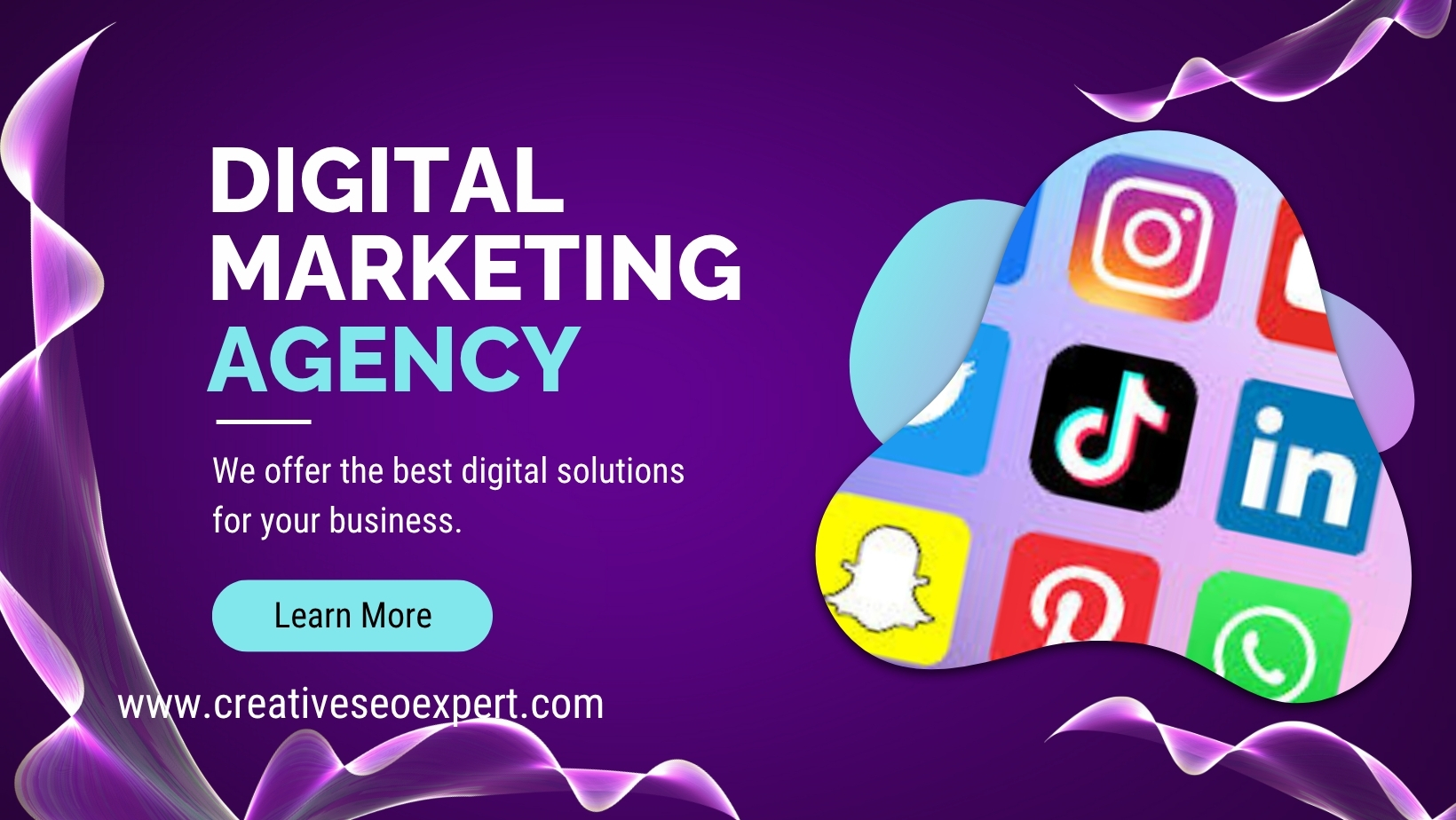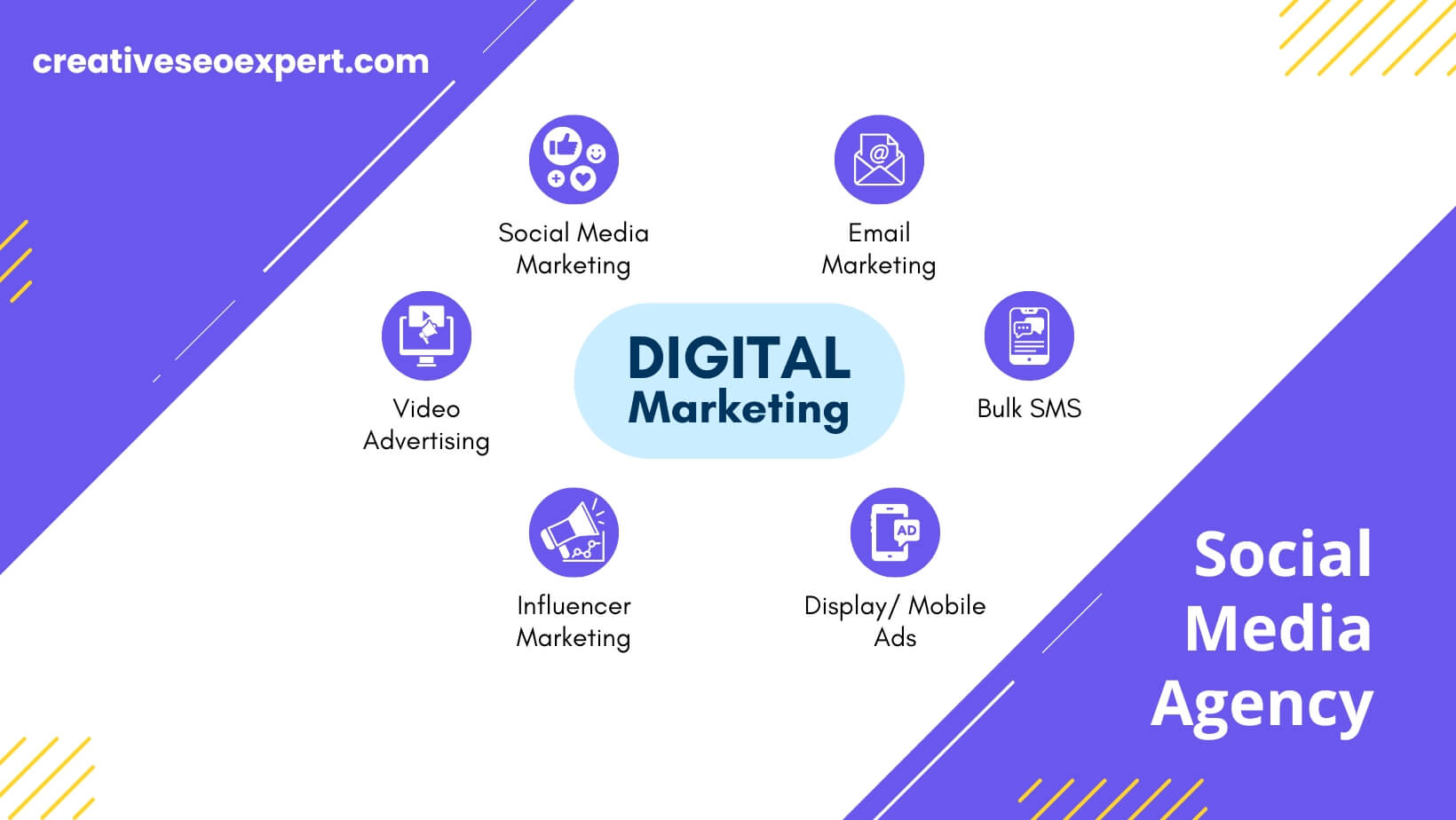How to Schedule Posts on Multiple Social Media Platforms: A Practical Guide
In today’s digital landscape, managing multiple social media accounts can feel overwhelming. For businesses and individuals alike, staying consistent and active across platforms is essential. That’s where knowing how to schedule posts on multiple social media platforms becomes valuable. Scheduling posts not only saves time but also helps maintain regular engagement with your audience. This article explains why scheduling matters, how to pick the right tools, and practical steps to set up a posting schedule efficiently.

Understanding Why It’s Important to Schedule Posts on Multiple Social Media Platforms
When you manage several social media accounts, posting manually on each can quickly become time-consuming. Knowing how to schedule posts on multiple social media platforms allows you to plan ahead, avoid last-minute rushes, and keep your audience engaged with regular content. Posting consistently is key to building trust and staying visible in feeds. By scheduling your posts, you reduce the chance of forgetting important updates or missing peak engagement times. This can be especially useful if you manage accounts for different businesses or handle multiple social media profiles for your brand.
Benefits of Scheduling Posts Across Platforms
Scheduling content provides several advantages. First, it saves you time by grouping your social media work into focused sessions rather than scattered daily tasks. Second, it helps you keep a consistent posting rhythm, which is essential to maintaining follower interest. Finally, by scheduling posts on multiple platforms, you ensure your message reaches different audiences without overlap or repetition fatigue.
Tools That Help You Schedule Posts on Multiple Social Media Platforms
There are many options for scheduling social media posts, including native tools provided by platforms and third-party services. Each has its own features and limitations.
Native Scheduling Options
Some social media platforms offer their own scheduling features. For example:
-
Facebook Business Suite lets you schedule posts for both Facebook and Instagram in one place.
-
Twitter offers tweet scheduling directly from its interface.
-
Pinterest also includes a native scheduling option for pins.
While these tools work well for their respective platforms, they do not cover multiple platforms from a single dashboard.

Third-Party Scheduling Tools
Third-party tools allow you to schedule posts on multiple social media platforms from one place. Popular options include:
-
Buffer supports scheduling for Facebook, Instagram, Twitter, LinkedIn, and Pinterest. It offers an easy-to-use calendar and basic analytics.
-
Hootsuite covers a wide range of platforms with options for team collaboration and detailed reporting.
-
Later focuses on visual content scheduling, especially for Instagram but also supports Facebook, Twitter, and Pinterest.
-
SocialBee and Sprout Social provide more advanced features, including content categorization and audience engagement tools.
When deciding which tool to use, consider your budget, the platforms you manage, and the features you need most.

How to Schedule Posts on Multiple Social Media Platforms Without Complication
Keeping up with several social channels can quickly consume more time than most marketers or small business owners have available. That’s why learning how to schedule posts on multiple social media platforms is one of the most practical ways to improve workflow, reduce stress, and maintain consistent audience engagement.
Why You Need to Know How to Schedule Posts on Multiple Social Media Platforms
Step-by-Step Guide on How to Schedule Posts on Multiple Social Media Platforms
Knowing how to schedule posts on multiple social media platforms involves a clear process. Here is a straightforward approach:
Step 1: Identify Your Platforms and Goals
First, decide which social media platforms are relevant for your audience and objectives. Focus on where your followers spend most of their time and what kind of content performs best on each.
Set clear goals for your posts, such as increasing brand awareness, promoting a product, or driving website traffic. This helps you tailor content for each platform.
Step 2: Choose Your Scheduling Tool
Select a scheduling tool that supports the platforms you plan to use. If you only manage Facebook and Instagram, Facebook Business Suite might be sufficient. For multiple platforms, a tool like Buffer or Hootsuite can help you manage everything in one place.
Step 3: Create a Content Calendar
Planning your posts ahead of time makes scheduling easier. A content calendar outlines what content to post, on which platform, and when. It also helps you keep track of campaigns, holidays, or special events.
Step 4: Prepare Your Posts
Create the posts according to the requirements of each platform. For example, Instagram favors visual content and hashtags, while Twitter relies on concise messages and links.
Customize captions and media to suit the platform’s style and audience expectations.

Step 5: Schedule Your Posts
Use your chosen tool to upload the content and set the publishing times. Tools often suggest optimal posting times based on engagement data, but you can adjust this to fit your audience’s habits.
Avoid scheduling the same content at the exact time on every platform. Staggering posts helps maintain reach and engagement.
Step 6: Monitor and Adjust
After scheduling your posts, keep an eye on their performance. Use analytics to understand what works best and update your content calendar accordingly.
Engaging with your audience by responding to comments or messages remains important even when posts are scheduled in advance.
Tips for Effective Scheduling on Multiple Social Media Platforms
-
Maintain a consistent brand voice. Adjust your tone slightly to fit each platform but keep your overall message clear and consistent.
-
Engage in real time. Scheduling helps with posting but does not replace the need for timely interaction with your audience.
-
Review and update your schedule regularly. Social media trends and audience preferences change. Adapt your schedule based on new insights.
-
Avoid posting identical content simultaneously across all platforms. Customize to meet the unique expectations of each platform’s users.
Common Mistakes to Avoid When Scheduling Posts on Multiple Social Media Platforms
-
Not customizing posts for each platform. Audiences respond better to content tailored for their preferred network.
-
Ignoring time zones. Schedule posts when your target audience is most active, especially if you have followers in different regions.
-
Overloading your calendar. Posting too frequently can overwhelm followers and reduce engagement. Find a balance.
-
Neglecting interaction. Scheduling should not mean abandoning real-time communication. Respond to comments and messages promptly.
Frequently Asked Questions About How to Schedule Posts on Multiple Social Media Platforms
1. What tools are best for scheduling posts on multiple social media platforms?
Popular tools include Buffer, Hootsuite, Later, and SocialBee. Each supports different platforms and offers various features depending on your needs.
2. Can I schedule posts for Instagram and Facebook at the same time?
Yes. Tools like Facebook Business Suite allow you to schedule posts simultaneously for both platforms with tailored formatting.
3. How often should I schedule posts on each social media platform?
Frequency depends on the platform and audience. For example, Twitter often requires multiple daily posts, while LinkedIn may need fewer, more focused updates.
4. Are there free tools available to schedule posts on multiple platforms?
Yes, Buffer and Hootsuite offer free plans with limited features. Facebook Business Suite is free for Facebook and Instagram scheduling.
5. Does scheduling posts reduce engagement on social media?
Not necessarily. Scheduling saves time and maintains consistency, but engagement depends on content quality and real-time interaction.
Conclusion
Learning how to schedule posts on multiple social media platforms can simplify your social media management significantly. By planning your content, selecting the right tools, and customizing posts for each platform, you can maintain an active online presence without spending excessive time daily. Remember, scheduling is a helpful part of your strategy, but real-time engagement remains essential to build meaningful connections with your audience. Start with a manageable schedule, review performance regularly, and adjust as you learn more about what works best for your social media goals.

